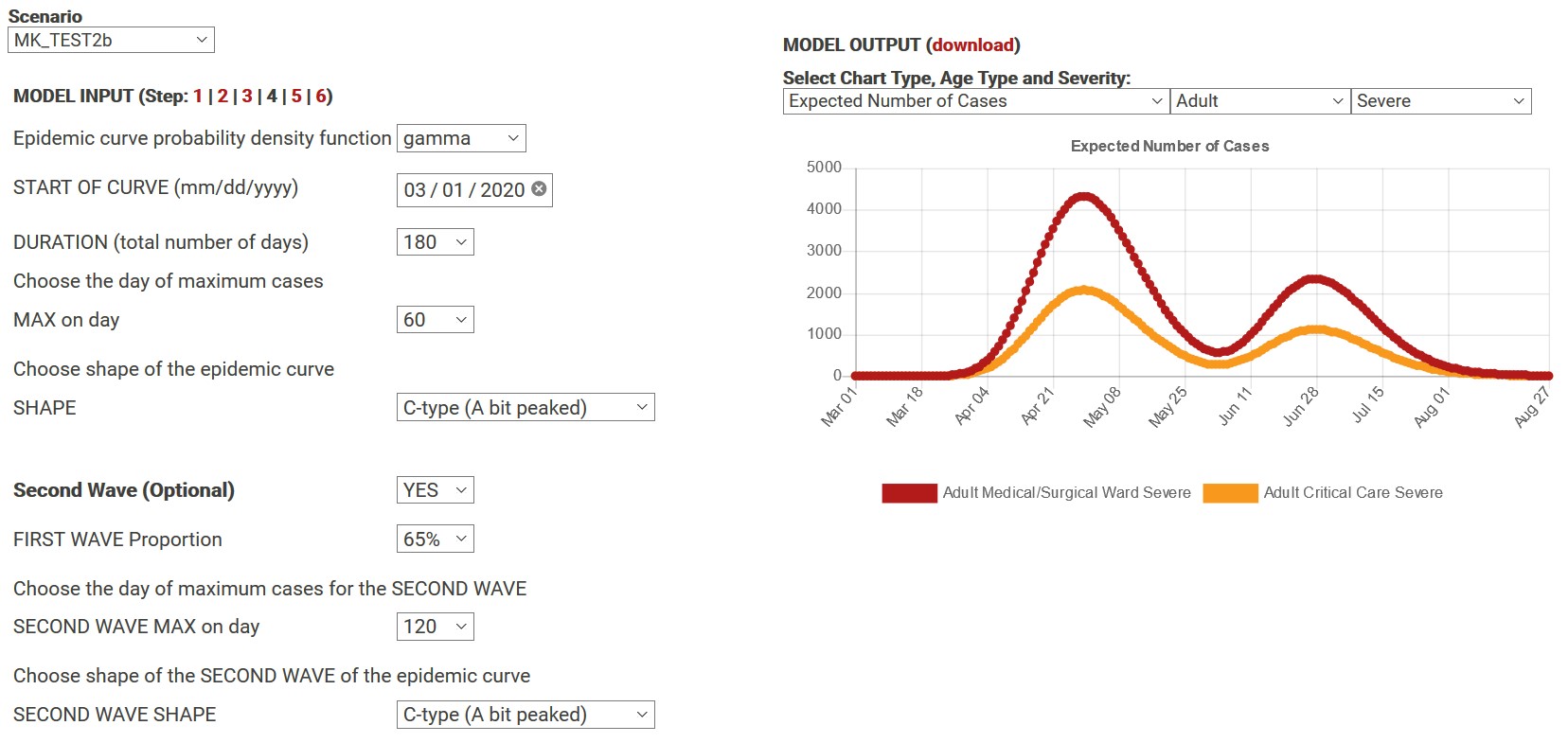HOME | VIDEOS | COVID CASELOAD CALCULATOR | DISASTER RESPONSE GAME
 |
In early 2020, when the world faced the now well-known infectious disease called COVID-19, I joined a research team with colleagues from Weill Cornell Medicine, SUTD in Singapore and Cornell Engineering. To help physicians, hospital administrators and emergency response personnel anticipate and plan for hospital surge capacity, we released the Cornell COVID Caseload Calculator with Capacity and Ventilators (C5V). I developed the online version of C5V and then hired a team of Business Analytics students to help me complete a review of COVID-19 models for hospital surge capacity planning. The published review paper has been one of the journal’s top ten most read articles and has over 6000 views. The value of the C5V calculator is to better anticipate, plan for - and thereby improve - the survival rate of all patients entering a specified healthcare facility or system for treatment. A screen capture is shown below.
To run the model, user inputs include an actual or estimated age-structured catchment population; overall infection rate; percent (a)symptomatic cases; symptomatic case hospitalization and critical care ratios (starting from CDC estimates) and the shape and projected peak day of epidemic curve. The latter two may be sourced from epidemiological models, and checked by day-to-day correlation with actual hospital admission rates for medical-surgical and critical care beds. The C5V calculator is designed for ease-of-use and scalability from a single hospital to multi-hospital networks, and to regional, state and national healthcare systems. Online version: Cornell COVID Caseload Calculator with Capacity and Ventilators (C5V Online) [email address needed to signup] MS/Excel® spreadsheet version: Cornell COVID Caseload Calculator C5V [email address needed to download] |
